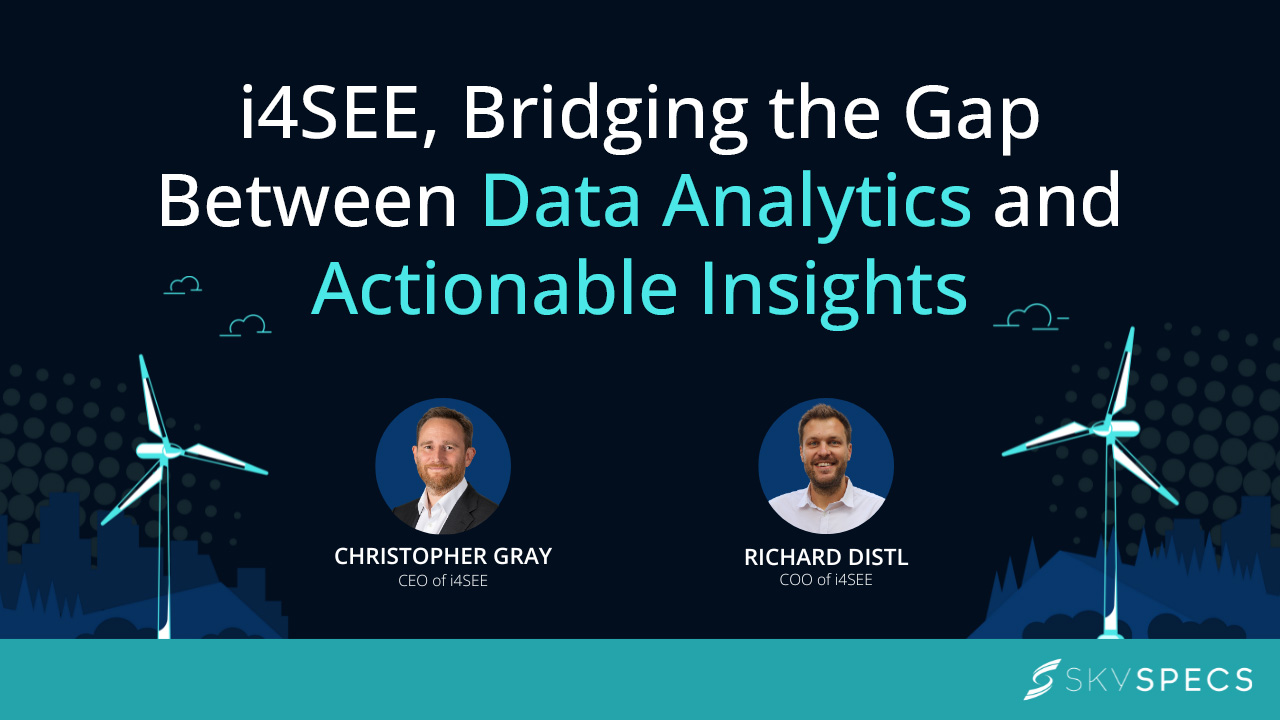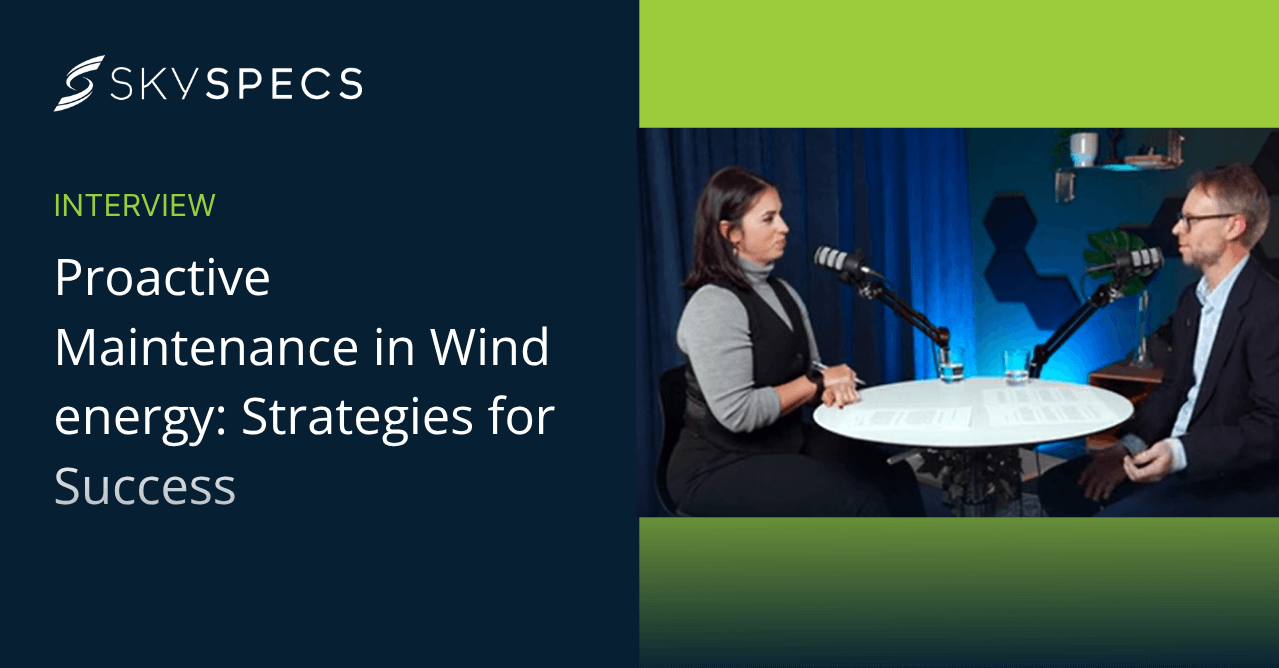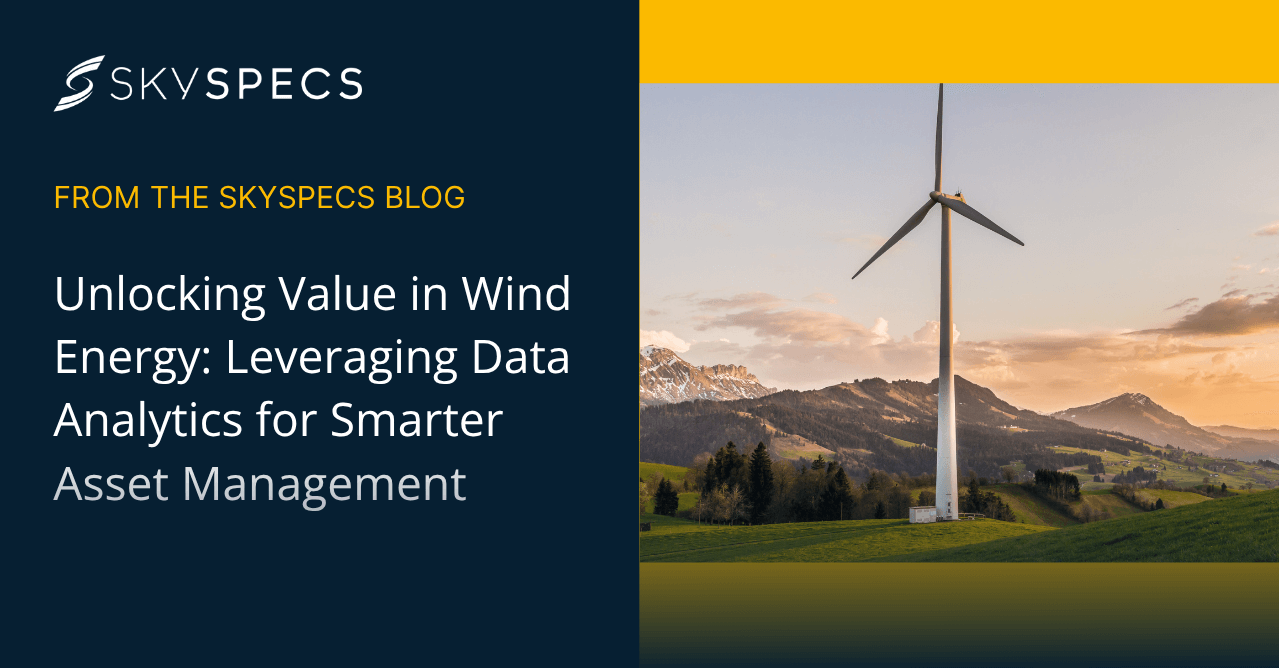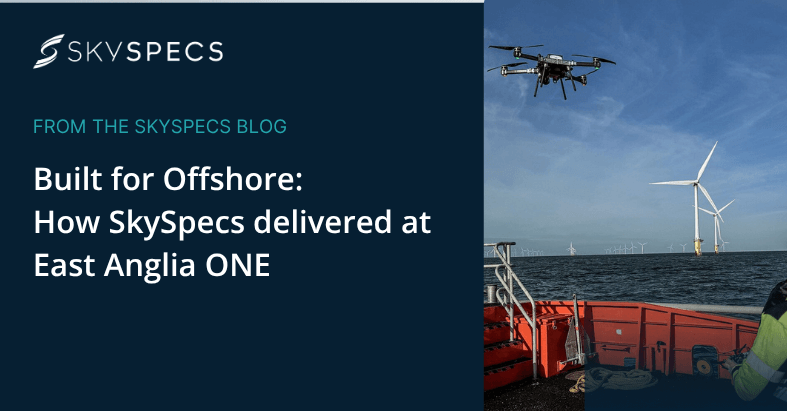Collecting and monitoring analytics is an important aspect of the wind industry, but it’s what you do with all that data that really counts.
In this discussion, i4SEE’s CEO and COO, Christopher Gray and Richard Distl, explore the world of turbine analytics and how they turn data into results.
Christopher and Richard pull insights from their vast experience in the wind industry and explore ways that data could help to improve processes and save time and resources.
Minding the gap in data analytics
Collecting data in wind farm management is crucial if you want to stay ahead of maintenance and maintain profitability. However, if your team is already stretched too thin, data analytics can often become an afterthought.
In his career, Christopher has often helped companies understand wind turbine data and has put together suggestions to improve things. However, those suggestions don’t always make it off the page. Things like workload, budgeting issues, or lack of organization mean that the data isn’t always being put to good use.
If you aren’t using data to make better decisions about turbine condition and maintenance, then you could be missing out on ways to increase efficiency and profitability.
That’s when he started looking at ways to put those suggestions into workflows. Christopher wanted to find a way to automate the analytics so he didn’t need to spend weeks crafting a report.
As he explained on the podcast, until the analytics and suggestions make it into the hands of service technicians who actually manage and fix the wind farms, it’s “all academic.”
Why communication is important
Another common issue is that suggestions can get lost in translation. Data scientists need to find a way to bridge the gap so that their suggestions for improvements are clear and easier to implement.
Richard says that, “We need to translate the language of data scientists to the language of asset owners.” Part of that is knowing the customers who manage the wind farms. Some may be very clued into the technical aspects and be comfortable reading the data themselves. Others may be financial investors who outsource a lot of the technical asset management.
This is why wind firm management still needs the human element. While a lot can be automated, Christopher believes that above all else, we should use resources in the most efficient way. Save AI and automation for the things that can be easily automated to save time.
However, making suggestions about the data needs to be handled by a human who can adapt to each individual asset owner based on what they expect, their level of knowledge, budget, and resources.
Christopher explains it as having “a big stack of technology with a thin layer of human on top.”
When free from tedious data collection, people can do more of what they do best – strategy and relationship management between asset owners and managers.
Why we need openness and transparency
Richard believes that one thing the wind industry is missing is openness. He says that we need to be more open about data with APIs and data sharing for the industry to evolve, but also that we should be more open about industry mistakes.
Understanding moments of failure is key to understanding the root causes so that you can avoid them in the future.
Wind farm maintenance is, after all, not just about detecting issues, it’s also about communicating between service providers, owners, and technicians – so openness about data is crucial.
Why innovation needs a balance of pragmatism
Data and analytical tools are a huge part of the wind industry, and it’s exciting for anyone working in the field to test out new ideas and see the results of them.
But Christopher offers a word of caution. Innovative technologies need to balance with a sense of pragmatism – and that’s where the human element is so important. “We don’t need to come up with groundbreaking AI things that are going to change the world. We just need to keep our feet on the ground and do the fundamentals right.”
Building an efficient and lean operation at scale needs to be the priority, and that always “beats having the most exciting breakthrough technology.”



